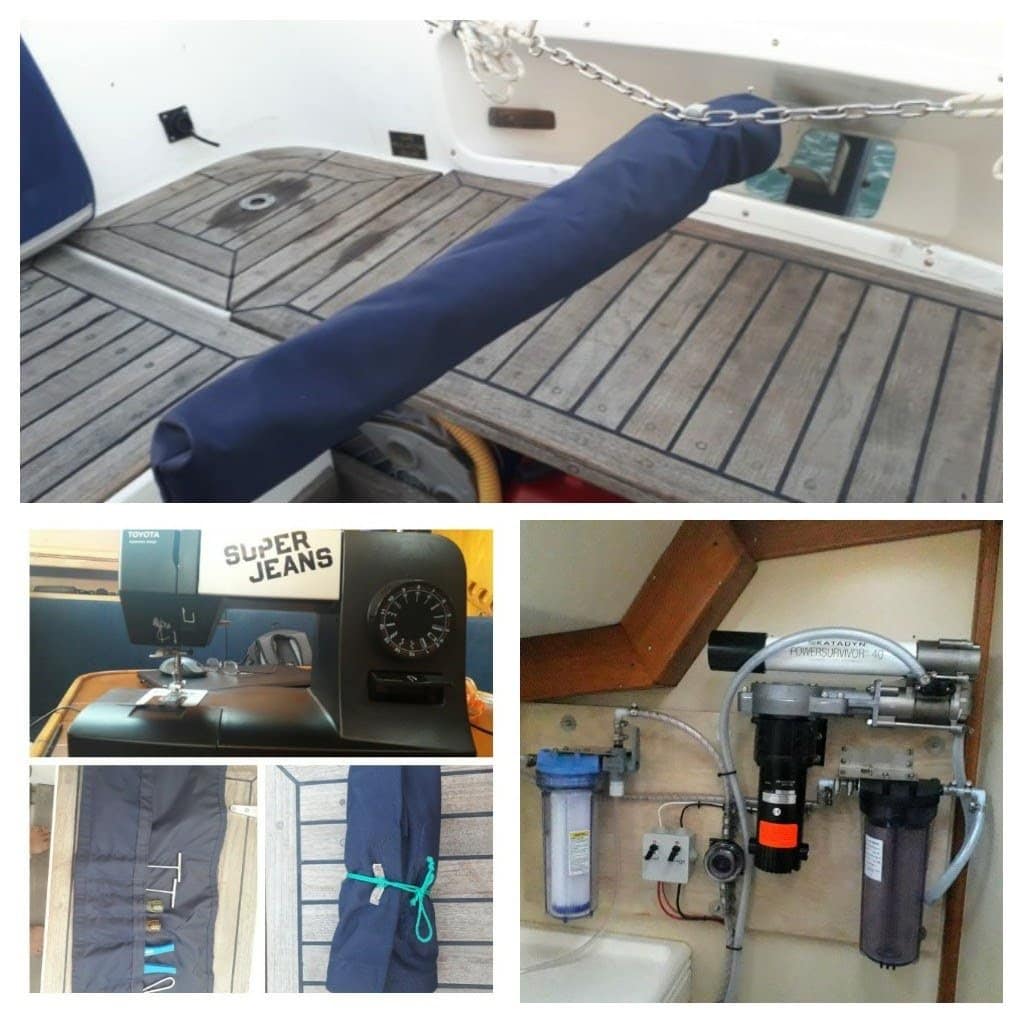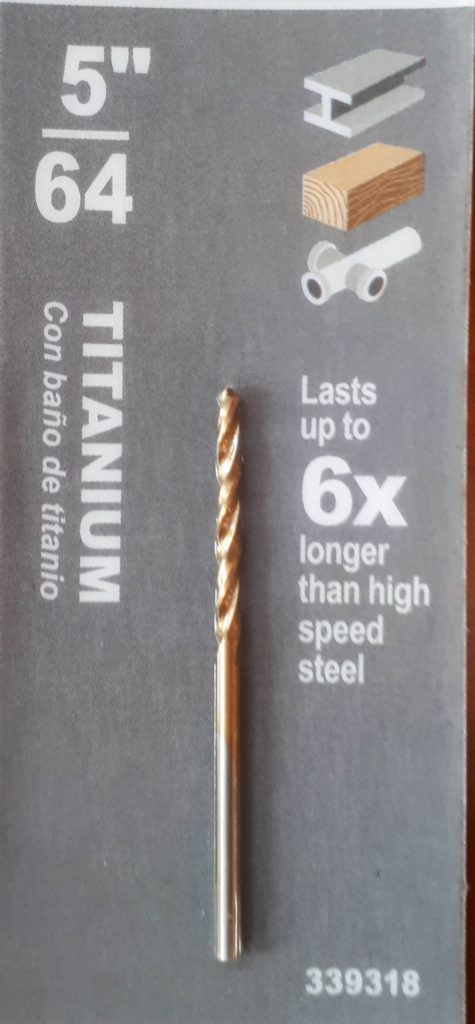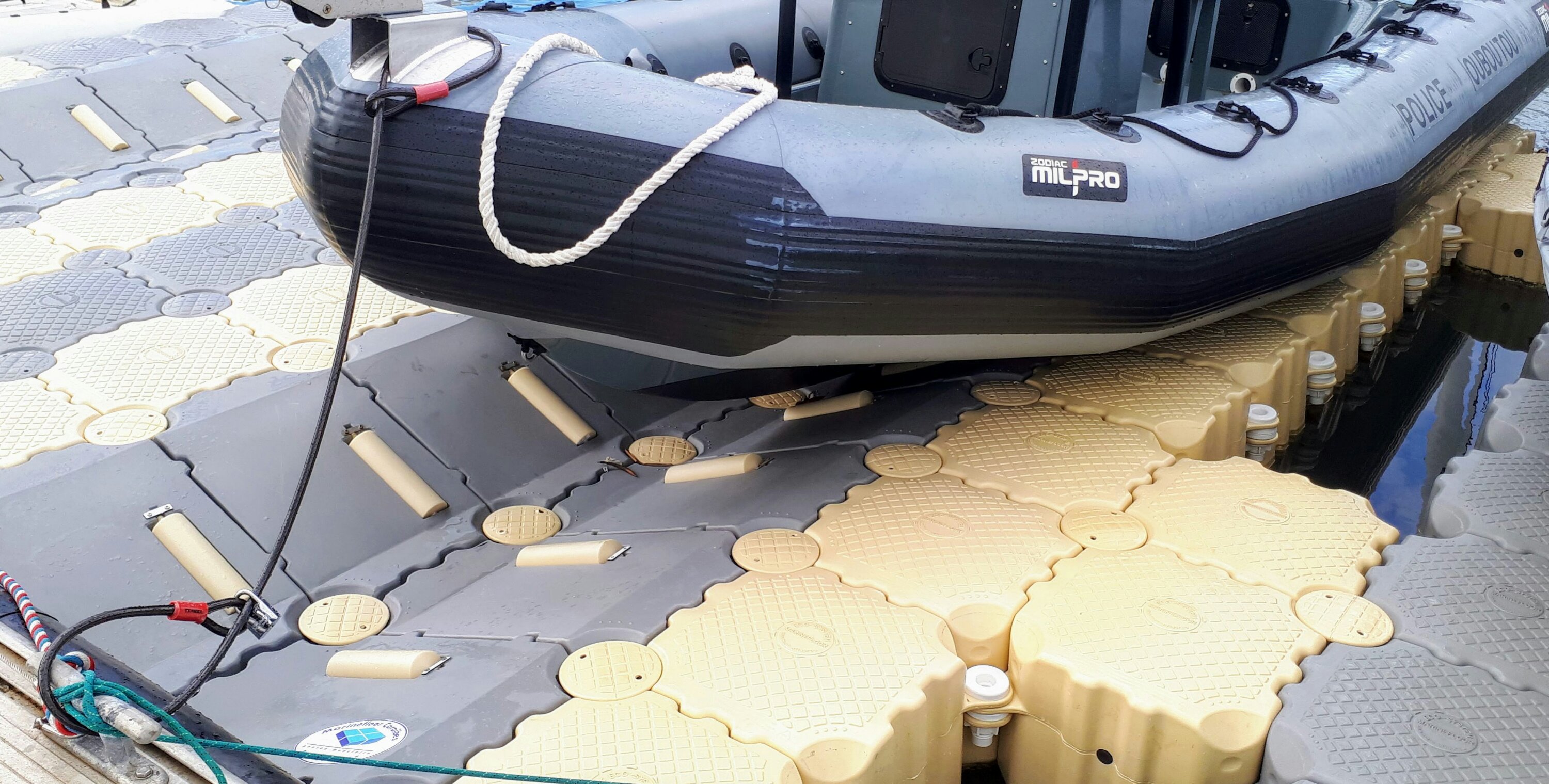Hätte mir jemand vor einem Jahr erzählt, dass Elektrizität spannend und interessant ist!!! da hätte ich ihn ausgelacht und jetzt schreib ich sogar einen Blog darüber.
Alle Elektrizität die uns an Bord zu Verfügung steht, wird aus Wind, Sonne oder Wasser gewonnen – außer wenn der Motor läuft, der lädt die Batterien ebenfalls. Als wir in Ardfern gestartet sind, hatten wir eine kleine Solarpanele und einen älteren Windgenerator, in England bei Neills Schwester haben wir dann zwei neue 80 Watt Solarpanelen und einen neuen Windgenerator gekauft, der über ein Steuergerät mit den Batterien verbunden ist und jetzt kannst du genau sehen, wieviel Ampere die Sonne und der Wind produzieren. Ich bin regelrecht zu einem “Srom Junkie” geworden, denn oft sitzt ich da und bin einfach neugierig, was gerade passiert, dann geh ich runter und schau auf die Anzeige. Ihr könnt euch kaum vorstellen, wieviel Unterschied es macht, wenn du die Solarpanele immer nach der Sonne ausrichtest, plötzlich springt die Anzeige von 3 oder 4 Amp. Leistung auf 6 oder 7 und das bedeutet, dass du deutlich mehr Strom produzierst und dass bedeutet wiederum, dass du sogar den Kühlschrank einschalten kannst, denn der alleine braucht schon 3 Amp, um zu kühlen. Wir haben auch einen Wassergenerator an Bord, der beim Segeln hinterm Boot hergezogen wird und den wir auch wenn wir vor Anker sind zu einem 2. Windgenerator umbauen können. Nachdem wir hier auf Aruba einen neuen Kühlschrank eingebaut haben, der natürlich viel weniger Strom benötigt haben wir uns auch noch einen Wassermacher gekauft. Mit der Energie, die wir vom Kühlschrank sparen, können wir – rechnerisch, wie es dann in Wirklichkeit aussieht werden wir sehen – zwischen 5 – 10 Liter Trinkwasser pro Tag machen. Und falls wir irgendwann all unsere bestellten Sachen bekommen und endlich nach Kolumbien weiter segeln werde ich euch mehr darüber berichten können.
Ich hab mir wirklich nie Gedanken über Strom gemacht, denn daheim wenn es dunkel ist machst du das Licht an, schaltest die Waschmaschine ein, wenn du dran denkst aber nicht wenn du genügend Energie hast – verrückt. Jetzt bin ich so alt geworden ohne jegliches Gefühl für Elektrizität und jetzt lerne ich jeden Tag neue Sichtweisen und Perspektiven kennen – ich bin neugierig, wie sich das auf mein “Stromverhalten” nach einem Leben auf dem Boot auswirkt.
Chat ein holländischer Architekt, der sich mit seiner Familie auch auf Weltumsegelungstour befindet, hat uns erzählt, dass er vor seiner Reise Niedrig Energiehäuser designt hat, doch wenn er zurück kommt, wird er Häuser planen, die Energie produzieren. Ich bin gespannt, ob es Menschen gibt, die diese Mehrkosten tatsächlich investieren um langfristig etwas für sich und die Umwelt zu tun.
Jetzt haben wir uns auch noch eine Nähmaschine gekauft um einen Sonnenschutz zu nähen und verschiedene kleine Projekte hab ich mittlerweile schon geschafft, wie z.B. eine Werkzeugrolle und einen Sonnenschutz für unseren Tiller.













